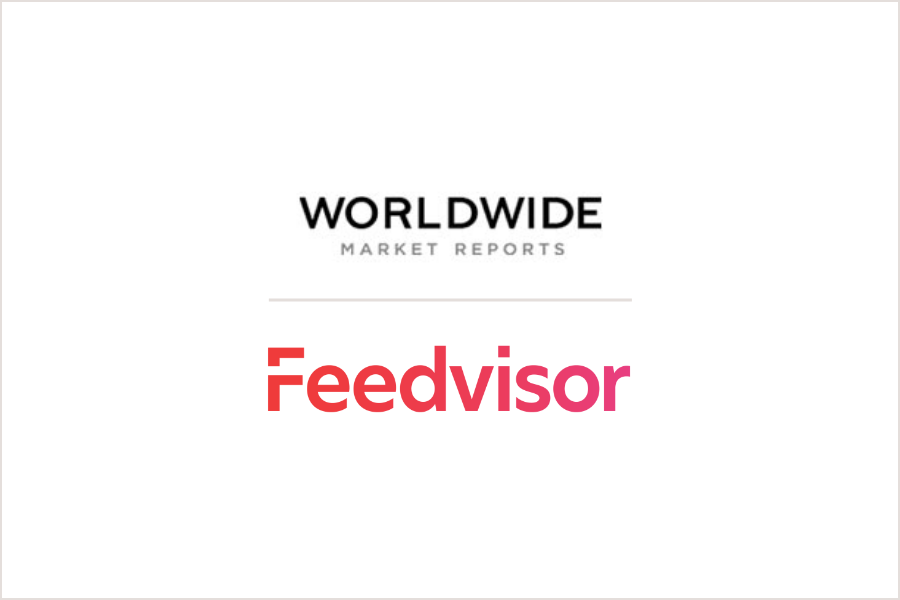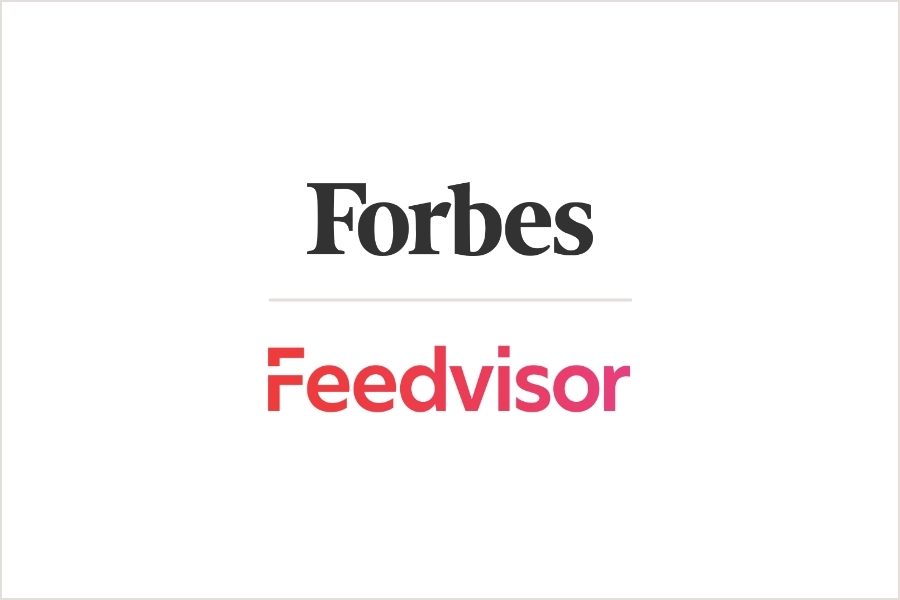Categories
Latest Posts
Tags
Advertising Amazon Amazon Advertising Amazon Experts Amazon Listing Optimization Amazon Marketplace Amazon News Amazon Prime Amazon Professional Sellers Summit Amazon Seller amazon sellers Amazon Seller Tips Amazon Seller Tools ASIN Brand Management Brands Buy Box Campaign Manager Conference COVID-19 downloadable Dynamic Pricing Ecommerce FBA FBM Holiday Season industry news Multi-Channel Fulfillment Optimize pay-per-click Pricing Algorithm Pricing Software Private Label Profits Repricing Repricing Software Revenue Sales Seller Seller-Fulfilled Prime Seller Performance Metrics SEO SKU Sponsored Products Ads Strategy
Get the latest insights right in your inbox
Resource | Blog

How to Calculate Amazon Pure Profit Margin and Why It Matters
What Is Pure Profit Margin?
In order to maximize the growth opportunities for your Amazon business, you need a clear understanding of each variable that impacts your profitability. Examples of these variables include storage and fulfillment fees, shipping costs, cost of goods sold (COGS), operating expenses, advertising spend, costs associated with returns, and more.
Pure profit margin (PPM), also known as net profit margin, represents how much net income or profit is generated as a percentage of revenue and, in the case of your Amazon business, is the ratio of net profits to revenue. It is the percentage of profit generated from revenue after you have accounted for all of your expenses, costs, and open cash flow items. The formula for calculating net profit margin is total revenue minus COGS, divided by total revenue.
PPM is used to calculate how much of each dollar of a company’s revenue ladders down to actual profit. It can also be used to assess if a company is gaining enough profit from its sales and whether operating costs and overhead costs are being maintained.
How to Maintain a Healthy PPM
PPM is especially important to your Amazon business because it helps you quantify your Amazon business’s overall financial health. In order to maintain a sound PPM, you need to effectively track your business’s overall profit and losses, as well as monitor all of your costs on an ongoing basis. Doing so will help you adjust appropriately when expenses go up by either proactively finding ways to increase revenue or drive costs down. Here are a few strategies you can employ to keep your costs low and your PPM high:
- Be sure your Amazon selling fees are factored into your recurring budget. While your shipping fees are included in your Professional seller fees, fees for order fulfillment, storage, and other optional services are above and beyond those totals.
- Utilize the product sourcing method that makes the most sense for your bottom line. Finding a manufacturer to fill a unique product need may require you to pay high costs upfront to hit a minimum order quantity. However, this route can benefit your PPM if you can sell through your inventory because you are leveraging a low cost per unit. If you are buying in bulk or from a wholesaler, the items are already produced, meaning they are not private labels and instead may be from established brands — many of whom will have MAP contracts and high levels of competition on Amazon.
- Establish a thorough Amazon inventory management strategy to help you mitigate any leaks in your supply chain or stockouts that cause consumers to buy a similar product from your competition. Additionally, if you do not have demand or a strategy to help you move through inventory, you will be left with surplus stock that will tie up your capital and prevent you from turning a profit.
- Know your catalog and familiarize yourself with your best sellers. These products can drive profitability, as they remain in high volumes and drive the relationships with vendors. Make sure they are always in stock, but if you cannot replenish them, take a look at your pricing strategy and increase prices wherever possible in order to bolster your margins. Assess these items regularly for any fluctuations in velocity and Buy Box share.
Final Thoughts
Attaining a high pure profit margin or high net profit margin on Amazon means that you are successfully controlling your business’s costs and selling your products at prices that outweigh their upfront costs. By effectively managing these business figures, you will be able to keep operational costs low and precisely pinpoint where you need to take action, such as generating sales for a specific ASIN, in order to maintain profitability.




